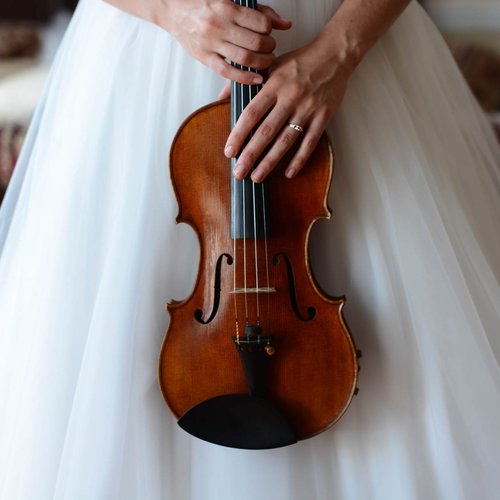What is white noise and why does it help babies sleep?
13 October 2022, 16:56 | Updated: 13 October 2022, 20:04

The use of ‘colour noise’ is well-known for helping with relaxation and focus, and can also be soothing for infants – here's everything you need to know about white, pink and brown noise and why they have calming effects.
Listen to this article
White noise seems to be cropping up everywhere, from ASMR videos to lo-fi songs. It's also streamed from phones and speakers to help babies be put to sleep.
But what is white noise, exactly?
The static-like sound contains all frequencies on the sound spectrum at an equal intensity, all at the same time. This creates an output that's similar to that of an untuned radio. As it spans across multiple bands of sound, it can often be referred to as 'broadband noise'.
Listen: Classic FM Relax live playlist, on Global Player
Due to these multiple frequencies, white noise can mask other sounds which contributes to its calming and soothing nature – many use it for relaxation, focus and to help combat over-stimulation – some studies even suggest that it can help with sensory symptoms of ADHD.

Music teacher's baby stops crying when he plays cello
Why does white noise help babies sleep?
Many parents use white noise to help their babies stop crying and ease them into sleep, some theorise that it imitates a womb-like environment for the newborns.
Not only this, but the noise can muffle out external sounds that could disturb the baby, helping them to stay calm and self-soothe. Not only can it help them fall asleep but stay in their slumbers for much longer!
Some white noise machines even mimic heartbeats to provide extra comfort to infants.
Read more: Classical Dreams: Classic FM launches podcast of soothing stories for sleep

What are the differences between white, pink and brown noise?
If you've heard of white noise, then you may have also caught wind of their lesser-known counterparts, pink and brown noise!
These collections are often called 'colour noises' and categorise niche variations of static sounds into groups. Pink noise is used for reducing background hums as well as minimising harsh sounds.
Whereas brown noise can be described as a 'rougher' less lulling type of colour noise and it dullens higher frequencies.
White noise even has its very own genre of music on streaming platforms, with playlists curated around both pink and brown to help listeners relax, meditate and sleep.
White noise or classical music?
We also know of the benefits of playing classical music has, for babies, adults and everyone in between. In ways similar to white noise, the natural tactile sounds of acoustic and classical styles offer the same benefits from that calming spectrum of sound. The pacing of classical music – as found in the gentle adagios of the likes of Bach, Mozart and Brahms – will also mirror that all-important heartbeat, with interweaving lines of melody to relax the brain.
Parents of young babies – we’d suggest trying both. You might find one works at one time of day, a particular situation or a stage of development, over the other.
And remember, with a phone or smart speaker, we’re always just a “play Classic FM” away...
And ultimately – white noise or classical poise – they are both about the power of sound, to shape and build our lives and world.









































